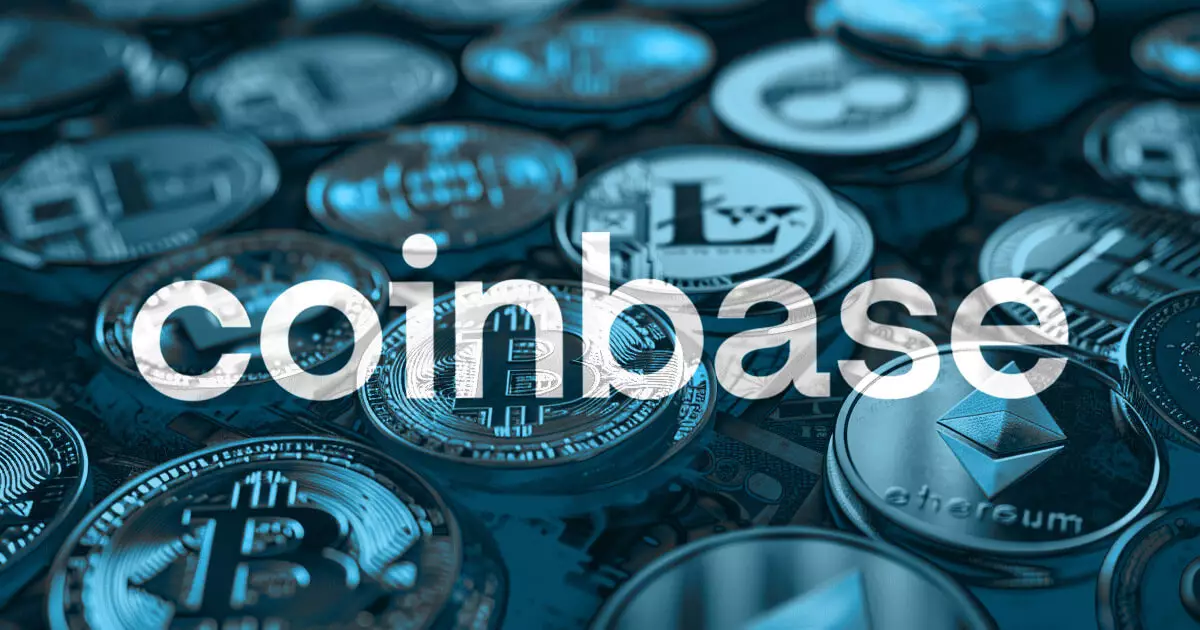Recent revelations from Coinbase’s Chief Legal Officer, Paul Grewal, have thrown light on an ongoing struggle within the U.S. regulatory framework concerning cryptocurrency. On December 6, 2024, Grewal disclosed documents that indicated the Federal Deposit Insurance Corporation (FDIC) had encouraged banks to either pause or divert from offering any services related to cryptocurrencies, including basic Bitcoin transactions. Dubbed “pause letters,” these communications showcase a broader strategy to suppress various forms of crypto engagement.
What makes these letters particularly significant is their origin: they stem from Coinbase’s Freedom of Information Act (FOIA) request made on October 18. The intent behind this request was to gather insight into an alleged 15% deposit limit imposed on banks that cater to crypto businesses. Initially, the FDIC’s response yielded heavily redacted documents, prompting Coinbase to push for greater transparency. Grewal noted that, under pressure, the FDIC cited additional letters that revealed more context and information, suggesting an underlying reluctance to disclose such details upfront.
Grewal has framed the FDIC’s actions within a larger narrative of governmental restraint, referring to it as Operation Chokepoint 2.0. This term suggests a concerted effort by the Biden administration to stifle the burgeoning crypto sector’s growth by limiting its access to essential banking infrastructure. This perspective is crucial for understanding the implications of the FDIC’s communications, which appear to establish an alarming precedent for regulatory constraints on crypto-related activities.
Despite these “pause letters,” the FDIC’s own guidelines do not overtly instruct its supervisors to curtail banking services to crypto ventures. Instead, the agency released an internal memorandum outlining cautious approaches banks should take when considering offering crypto services. Such conflicting narratives indicate a degree of ambiguity within regulatory practices that could have far-reaching consequences for the stability and viability of digital currency markets in the U.S.
Statements from FDIC Chairman Martin Gruenberg suggest an apparent dichotomy; while he asserts that the agency is not actively obstructing crypto-related banking services, he acknowledges that such institutions will be subject to increased regulatory scrutiny. This duality raises questions about the variable enforcement of banking regulations for crypto firms and reflects a deeper conflict within U.S. financial policy.
As the industry players advocate for clear and equitable access to banking services, the community remains watchful, particularly regarding responses from incoming political leadership. With President-elect Donald Trump poised for inauguration, many within the cryptocurrency sector are hopeful that he will prioritize an agenda that acknowledges the significance of digital assets and their integration into the mainstream financial ecosystem.
This situation highlights an intricate web of influences shaping the future of cryptocurrency in America. While regulatory bodies like the FDIC are tasked with ensuring market stability, their actions—especially in light of newly uncovered documents—can foster uncertainty. The broader cryptocurrency community continues to seek clarity and equitable treatment as it navigates the potential barriers imposed by evolving regulations. Without doubt, the ensuing discussions in Congress and the incoming administration’s policies will be pivotal in determining the trajectory of the U.S. cryptocurrency landscape in the years to come.



















Leave a Reply